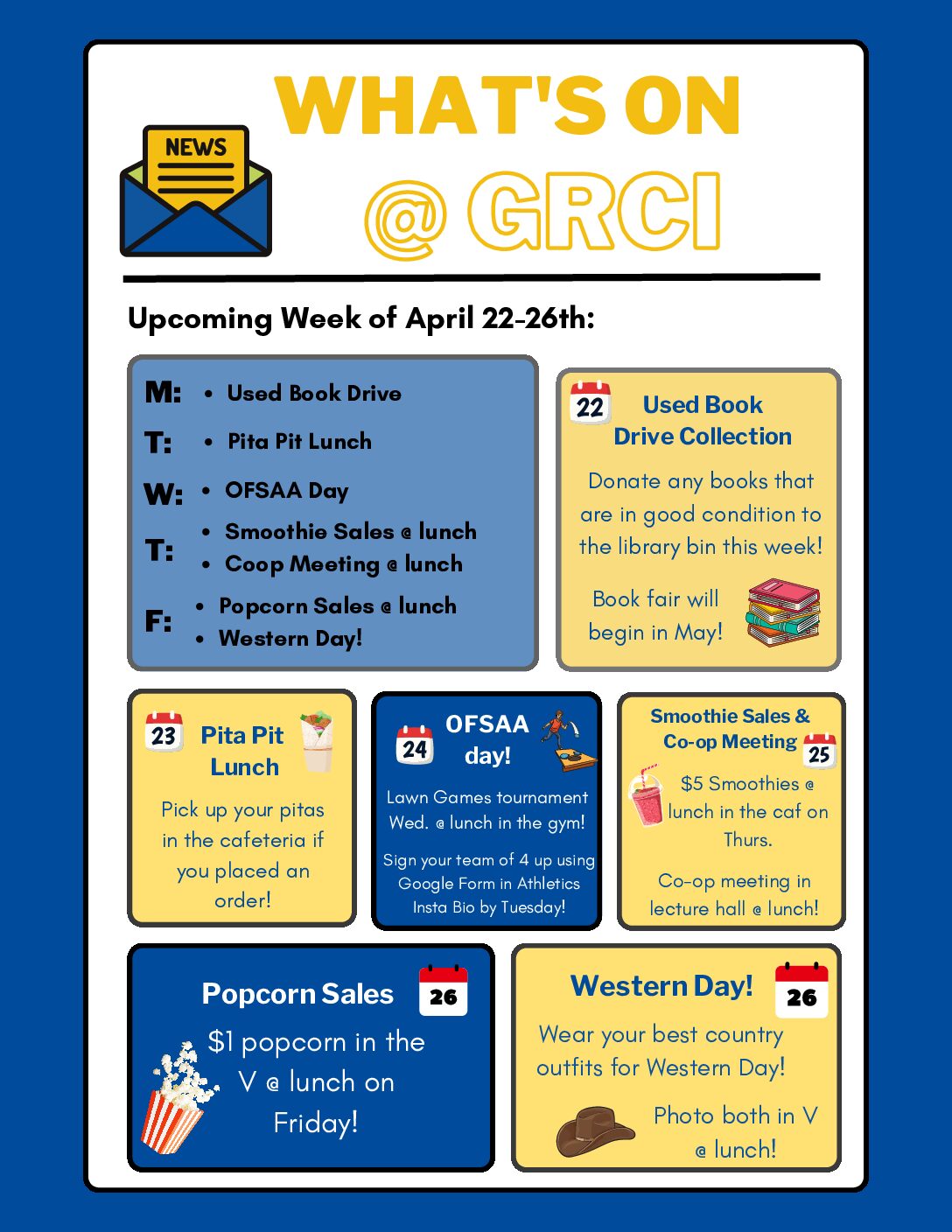
June 2nd, 2017
By: Amy Taylor, Grade 11 Student
The fifty-first year at GRCI was nothing short of a feat for technology. Students and teachers alike saw a monumental step in integrating technology into the classroom when this year’s grade nine students showed up to their lessons with not textbooks, but chromebooks in tow. And whether or not you’re on the side of getting the class back to the basics, or all for the tech hype, we can all agree this will be a new, futuristic step for Grand River.
Bringing more computers into the classroom was not only put in place to try a new technological edge on learning, but in hopes to bring to light more aspirations of science, technology, engineering, and math (or STEM, for short) from the leaders of tomorrow. While this idea seems nothing short of progressive, there were some bugs in the system that still needed to be worked out. Key evidence included less girls enrolling in engineering, computing, and technology-based classes at GRCI. Girls seemed to be falling away from the STEM programs at a continuous rate.
As Renegades know, Grand River is not a school to shy away from issues like this. Instead of ignoring the decreasing number of young women as leaders in the technological field, they had a brilliant idea: bring in guest speakers from a program all about inspiring girls to follow their passions.
Yes, in early April, GRCI invited over a hundred girls in grades seven and eight from feeder schools around the region to participate in an event hosted by Code Like a Girl, an organization designed to inspire women to pursue careers in the STEM programs. Sean Yo and Dinah Davis, founders of the program, spent half a day with the girls, as well as motivational reps from GRCI, to teach them about the benefits of women in sciences.
Their day started with an interactive presentation given by Yo, showing the ever-decreasing number of women in STEM programs, and how that made the audience of girls feel. Yo shared examples of certain women fighting for their voices to be heard, and told his audience that even when it seems like it’s hard to be the only one, it’s vital to continue to push on with their aspirations and enthusiasm. By the end of the slideshow and Q&A, students were walking out of the Lecture Hall feeling confident not only in themselves, but also in their ability to be scientific inquirers and technological thinkers.
But what was the best way to confirm his advice? By getting the girls to participate in an egg drop, of course. After being broken up into small groups with big minds, they were given a set number of tools and a time limit of fifteen minutes to come up with a contraption that would protect a single egg from breaking after dropping it from the bleachers. Soon enough, bits of sponge, paper, popsicle sticks and more were scattered through the gymnasium.
Needless to say, everyone was impressed by their creativity and logical thinking. More than half the groups successfully created a cradle for the egg using just their brains and what was put in front of them, just to show that breaking down gender stereotypes is a lot easier than breaking an egg.
And at the end of the program, that was just the thought the girls were taking back with them. After a day of realizing their scientific potential, one hundred girls were sent away with a reminder that in this day and age, there’s no more “girl’s things” or “boy’s things”. Instead, there’s a world full of technology, math, science, and engineering just waiting to be discovered and explored by bright, innovative, and boundless boys, and girls.
Categories: Student Voice





